Bramayugam: Where Rotten Goblins of Power Tread in Disguise

Review Film: Bramayugam (2024)
Language: Malayalam
Genre: Horror, Thriller
The final dying years of the Age of Discovery – a century since Vasco da Gama’s troops dropped anchors at Kaappad, Kerala, opening up the sea route from Europe to India for the first time, in search of spices and riches, and their fabled long-lost Christian brethren, left here by Saint Thomas The Apostle and ruled by the snake-headed Prester John the presbyter; post the Second Siege of Cochin where fell the proud kingdom of the Zamorin to Duarte Pacheco Pereira’s Portuguese Army, Kerala witnessed a shift in its societal and political atmosphere to what would come to be known as its Dark Ages – where colonisation spearheaded slavery, wars, poverty and famines; and fantasies and legends ran amok through the jungles and rotting mansions of power where Yakshis and Chaathans roamed, and Black Magic and witchcraft prospered in the unquestioned hands of the brutal Brahmin landlords.
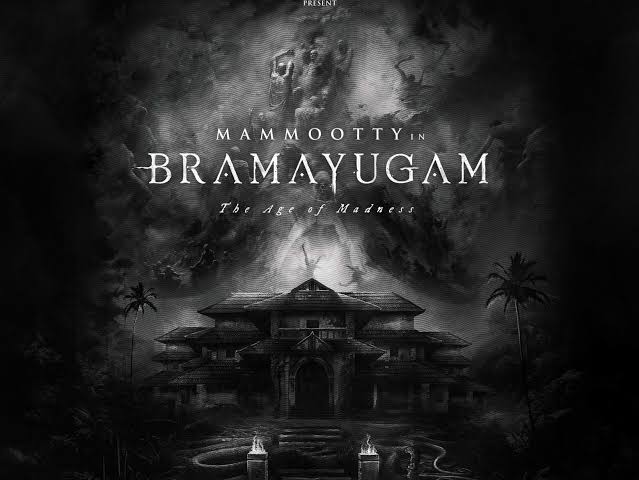
It is this almost surreally ominous landscape and time, director Rahul Sadasivan’s black-and-white fantasy horror-thriller Bramayugam transports us to. We are introduced to Thevan, a folk singer of the Paanan caste, in 17th century Malabar, as his tumultuous and distraught journey – after fleeing from being nearly sold into slavery, chances him into taking refuge inside an ancient and dilapidated Mana (a traditional Kerala Brahmin mansion), occupied by an ageing landlord, Kodumon Potti (Mammootty), who ever-so-generously claims to have been awaiting the former’s arrival all these years. Is Potti a mere old soul yearning for company, in his lonely days of solitary existence, or is there more to him than what meets the eye? Something much more darker and sinister, hiding beneath that generosity. Has Thevan attained haven or has he walked into an inescapable trap?
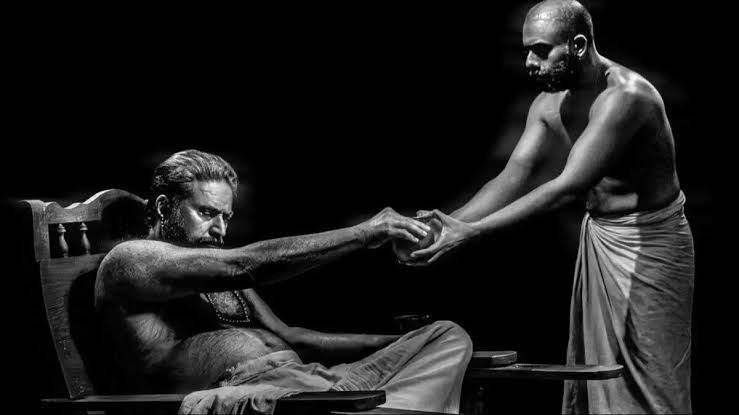
Bramayugam marries elements of folklore, mythology, history, classical horror and black-and-white noir to weave a work of atmospheric and allegorical horror that is unprecedented and never-before-seen in Indian cinema. It is a testament to a filmmaker’s unwavering confidence in bringing his vision in its purest form, to conjure wonders on the big screens with the support of a brilliant technical team and a stellar ensemble cast.
The film stands out in the horror genre in its refusal to ascribe to cheap horror tropes to instill fear in its viewers. Rather than resorting to bland jumpscares or pointless spurts of gore, Bramayugam’s sense of dread originates from the tale’s settings and characters themselves which are embedded in the age-old folk legends and myths, passed down through the countless generations of Kerala, and from how it manages to plant these elements inside a diabolical sphere of one of the most brutal systems of oppression, in the name of caste, the state’s and nation’s history has ever seen.
The central figure in that narrative is Kodumon Potti – played by a terrifying and simply unassailably excellent Mammootty- a ruthless, psychopathic aristocrat whose sadomasochistic tendencies finds pleasure in trapping his victims as lifelong slaves and his whimsical scapegoats. It is a performance so riveting and mind-blowing that even the slightest smirks or glances or a minute change of posture infuses such terror and adds layers of depth and subtlety to the character which the film’s writing might fall short in at times.
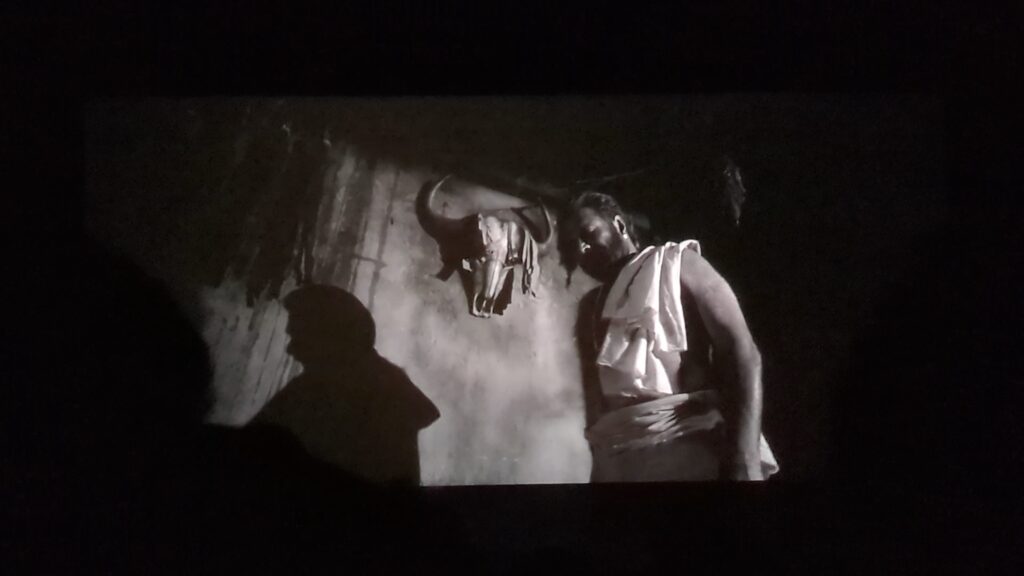
Even though, during the first initial minutes of Potti’s introduction, I felt Mammootty overdoing the Namboodiri accent a little bit, I would award the blame to the film’s dialogues (though well-researched and apt to the period) by celebrated novelist T.D Ramakrishnan, that personally felt out of place with a few of the scenarios unfolding on-screen for me. Despite sharing a similar shade with his earlier iconic renditions of Bhaskara Patelar of Adoor Gopalakrishnan’s Vidheyan or Murikkinkunnath Ahmad Haji of Paleri Manikkyam, one would not find a tinge of shadow of any of those roles in Mammootty’s interpretation of Potti – the mythical sorcerer, in a performance that would surely be talked about for ages to come. Equally breathtaking are Arjun Ashokan as Thevan and a fantastic Siddharth Bharathan as Potti’s cook as they slowly begin to question their sanity and sense of reality in their life inside the four confines of the Mana, where time stands still and the firmament wails nonstop in fiery downpours.
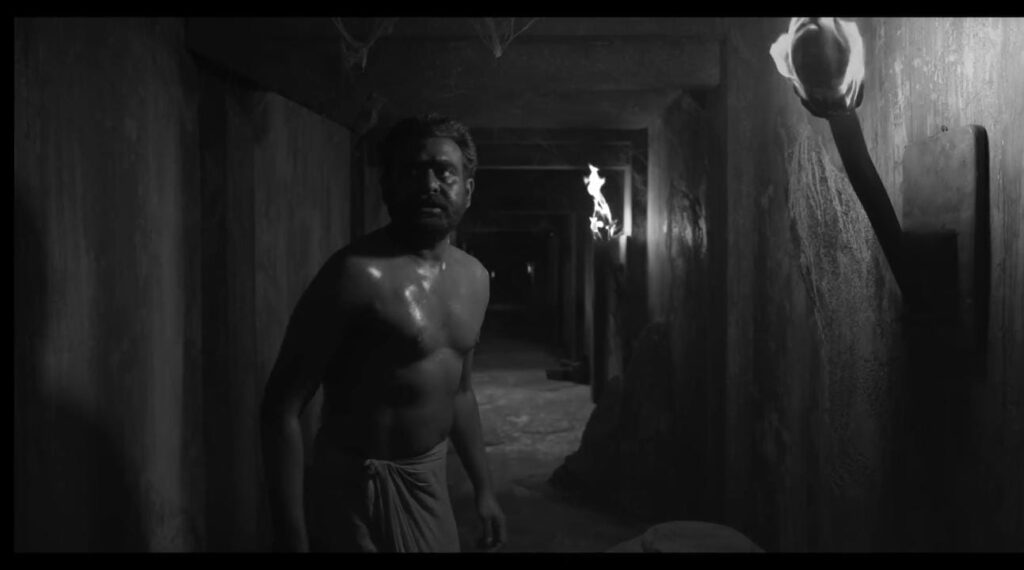
The film works wonders when such acting prowess truly surrenders to a budding, young, fearless and audacious vision of a filmmaker like Rahul Sadasivan, who is not afraid of shying away from ideas here. Sadasivan’s Mana is a crumbling shadow of a bygone era, ruled by nothing but the stench of death. Thevan hears sounds of dragging elephant chains in the attic, at night, hears stories of servants gone mad and executed and laid to rest in the mansion grounds, of people gone hunting for fabled treasures down corridors that stretch upto infinity, never to return or be heard of thereafter. There is a scene in the film were the Yakshi, played by Amalda Liz, climbs up the steps of the Mana to make love to Kodumon Potti, as Thevan stares in unbelievable horror and I couldn’t help but think of the legendary scene of the Yeti’s arrival at the house in Apichatpong Weerasethakul’s “Uncle Boonmee Who Can Recall His Past Lives.”
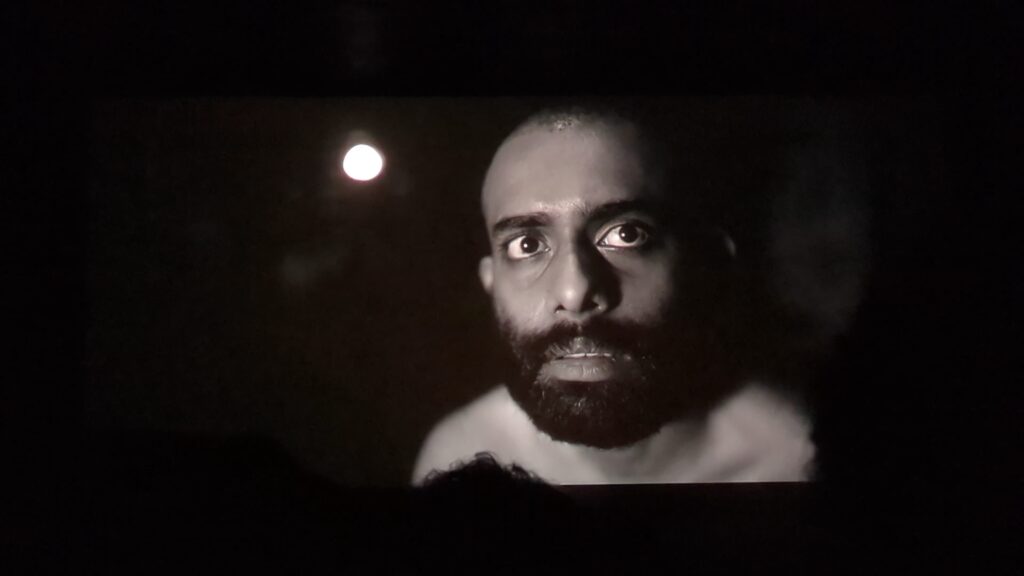
Sadasivan pushes boundaries of horror with numerous such ingenious concepts, even paying homage to Christopher Nolan’s ‘Inception’ and Anand Gandhi’s ‘Tumbbad ‘ with the set pieces. However, the standouts are surely the film’s original brainchildren such as the animation sequences and scenes involving manifestation of the horrifying Chaathan, elevated to unparalleled heights by Christo Xavier’s thumping background score. It is here, after the haunting pre-interval sequence (that had children crying in their seats) that Bramayugam takes on a totally different form altogether, turning the conventional horror tropes on their heads to award a one-of-a-kind cinematic experience. Cinematographer Shehnad Jalal’s exquisite compositions beautifully captures the interplay between light and looming shadows in the 35 mm black-and-white format, drawing inspirations from works like Andrei Tarkovsky’s ‘Stalker’ and Ingmar Bergman’s ‘The Seventh Seal’ – complimented by Jayadevan Chakkadath and M.R Rajakrishnan’s meticulous sound design that transports the audience back to the Age of Madness.
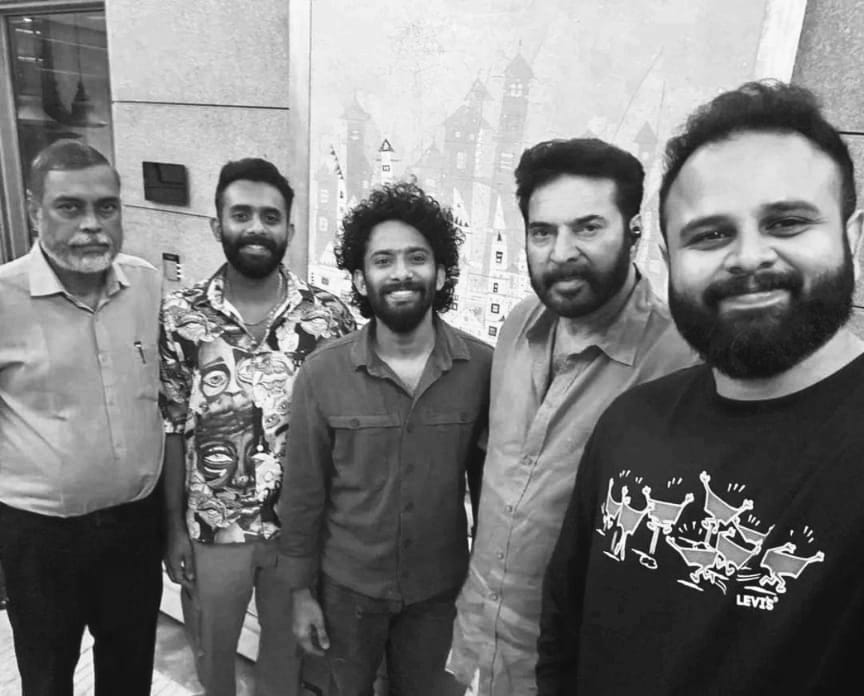
As in his previous film, Bhootakalam, Sadasivan manages to mould Bramayugam, in its closing acts, to something that is more than just yet another horror film, reaching full circle on its narrative. As Potti says: “This is Bramayugam, a worsened form of Kaliyugam”, where the rotten goblins of power tread in disguise, through tumultuous currents of the river of time.


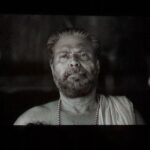
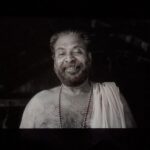

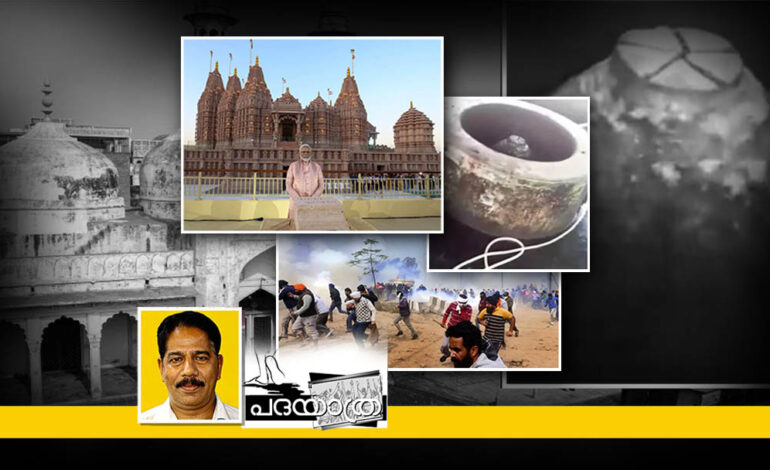
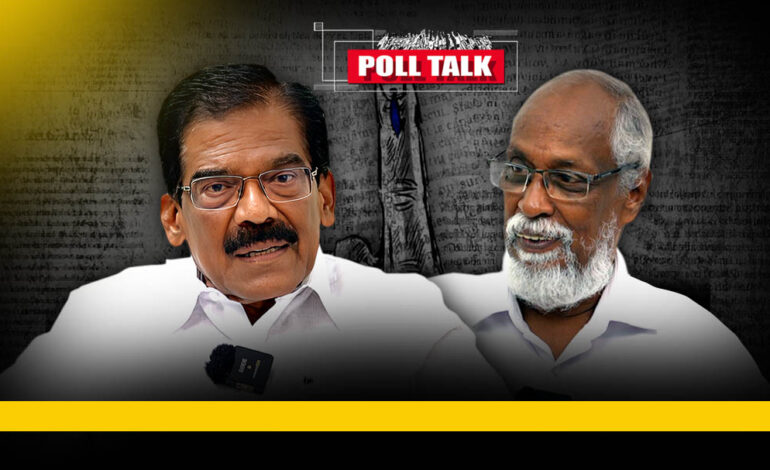

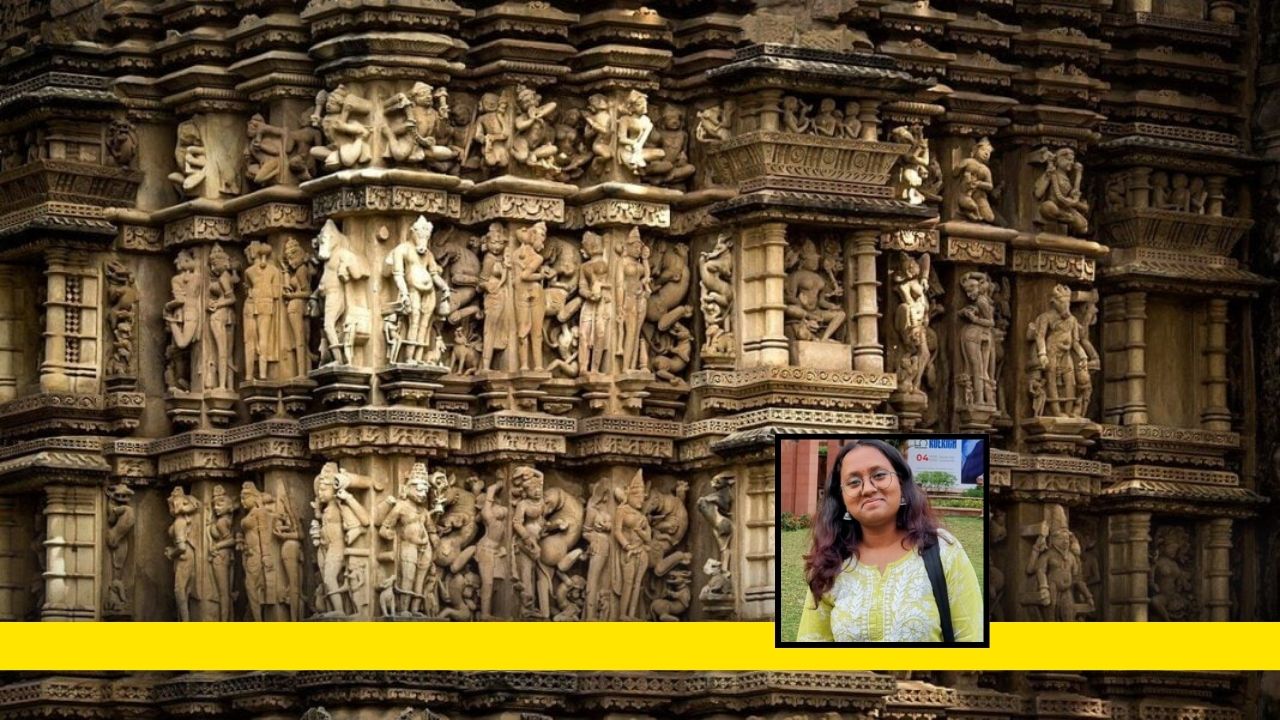
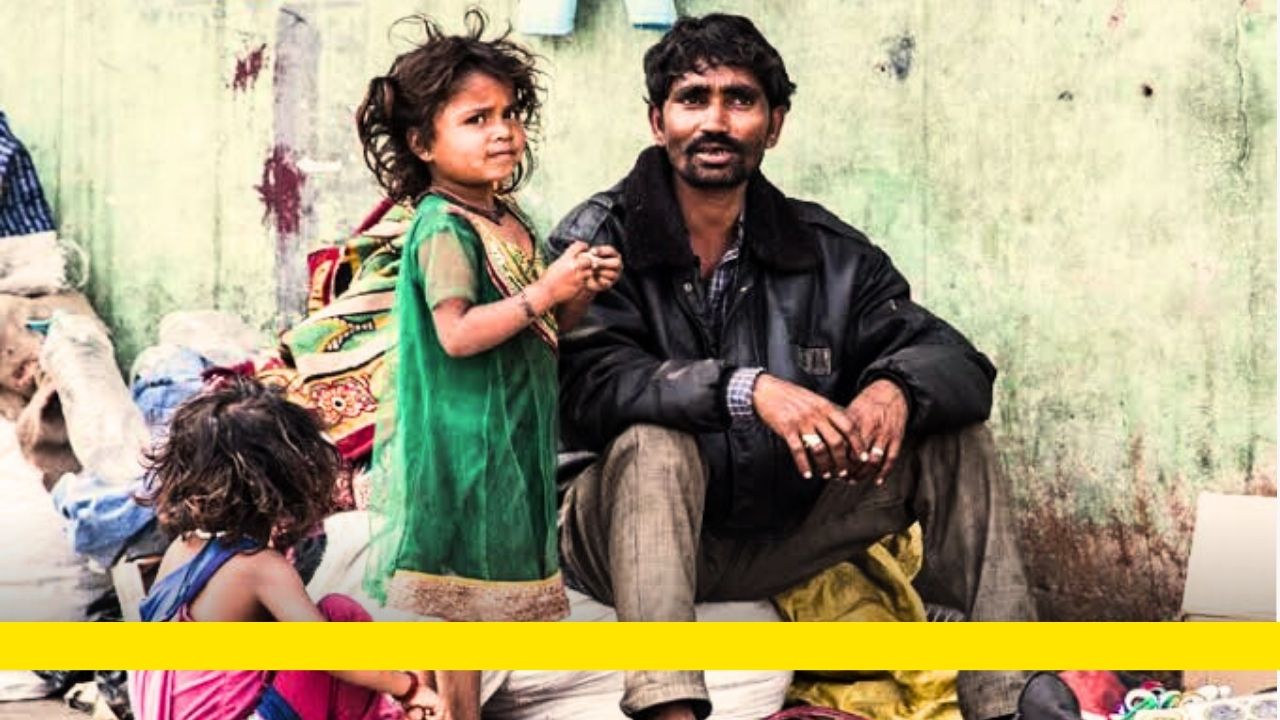
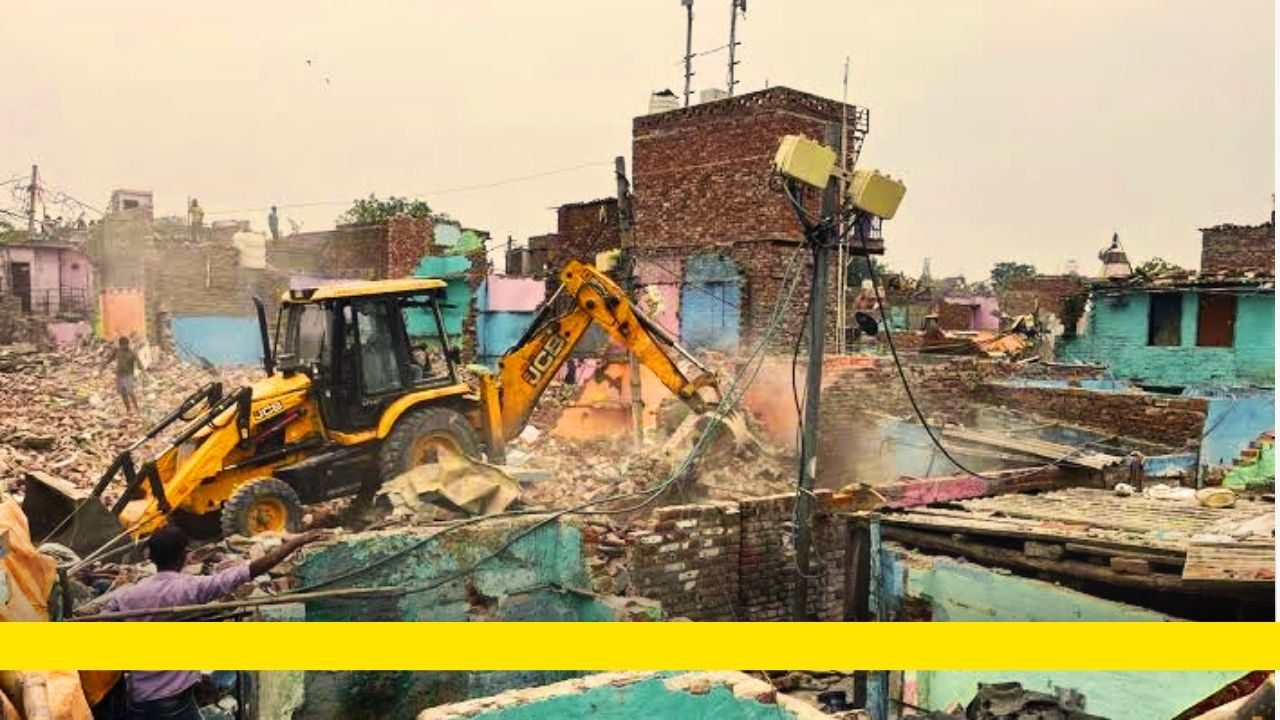




Great analysis
Perfectly worded.. a fitting tribute to the magnificent cinema
Undoubtedly a marvellous piece of writing . Some passages reminded me of the great theoretician film writer Iqbal Masood . Keep on it Nithin
Way to go Nithin. A wonderful write up. Can’t wait to see the movie.
I am proud that Nitin has a wonderful language and he can do much in the field of
literature if keeping in touch in addition to his profession.
Congrats Nithin, go on with your passion. Best wishes, we expecting more from you.
Good analysis . congratulations